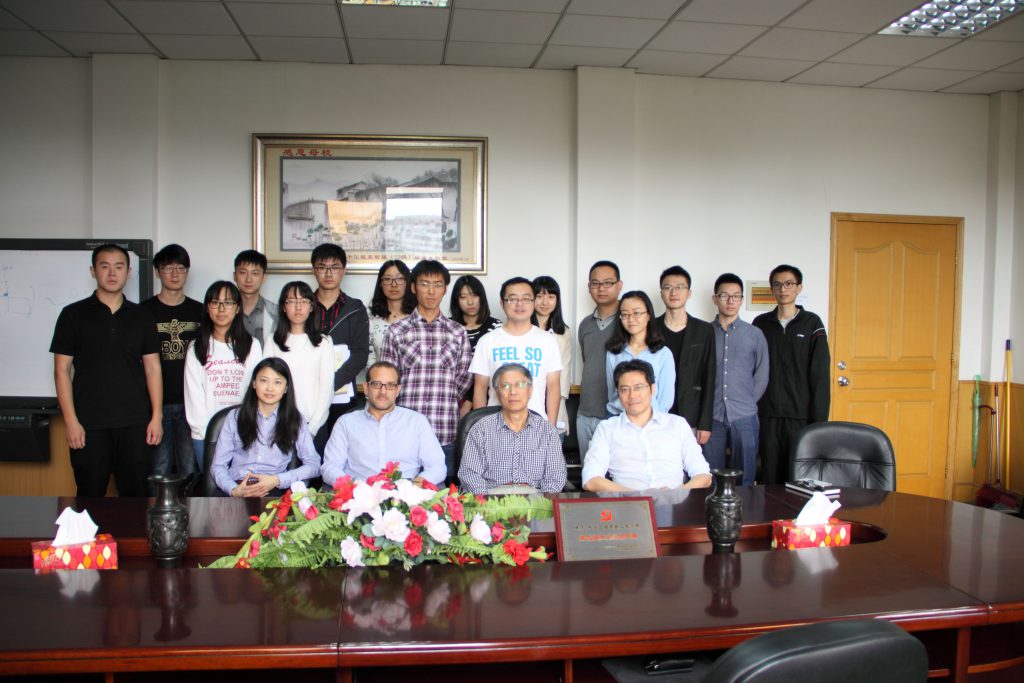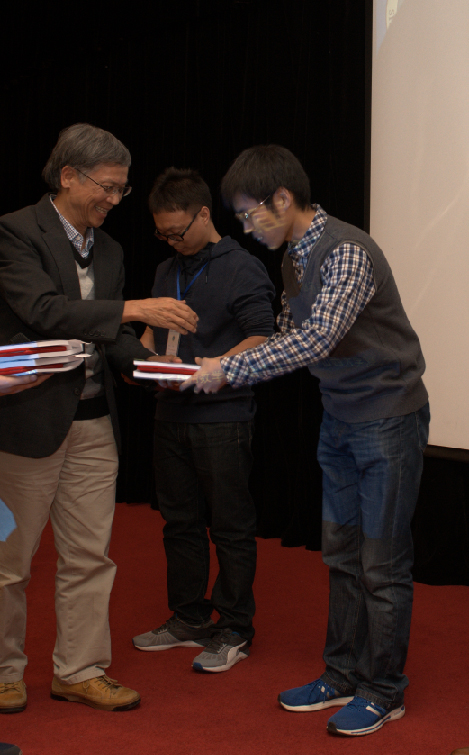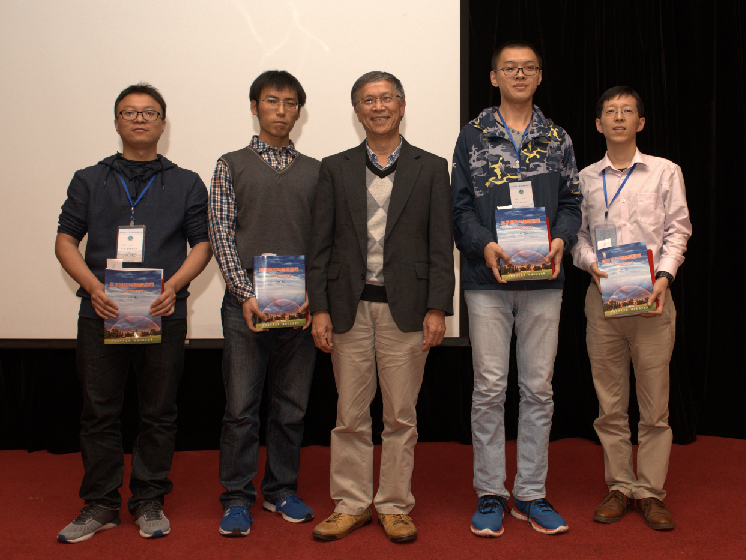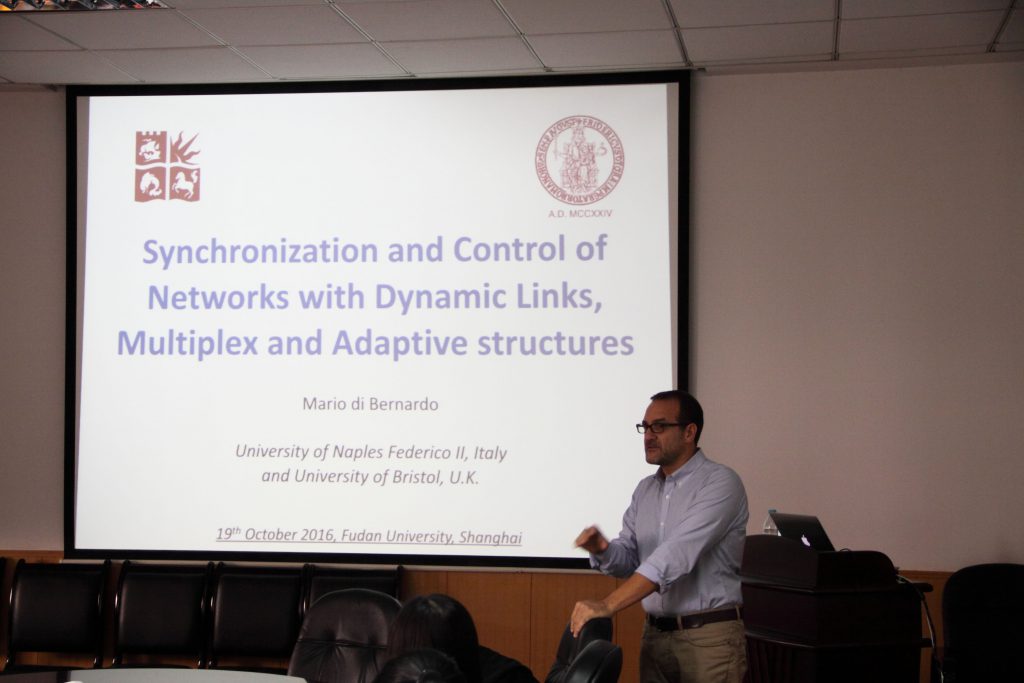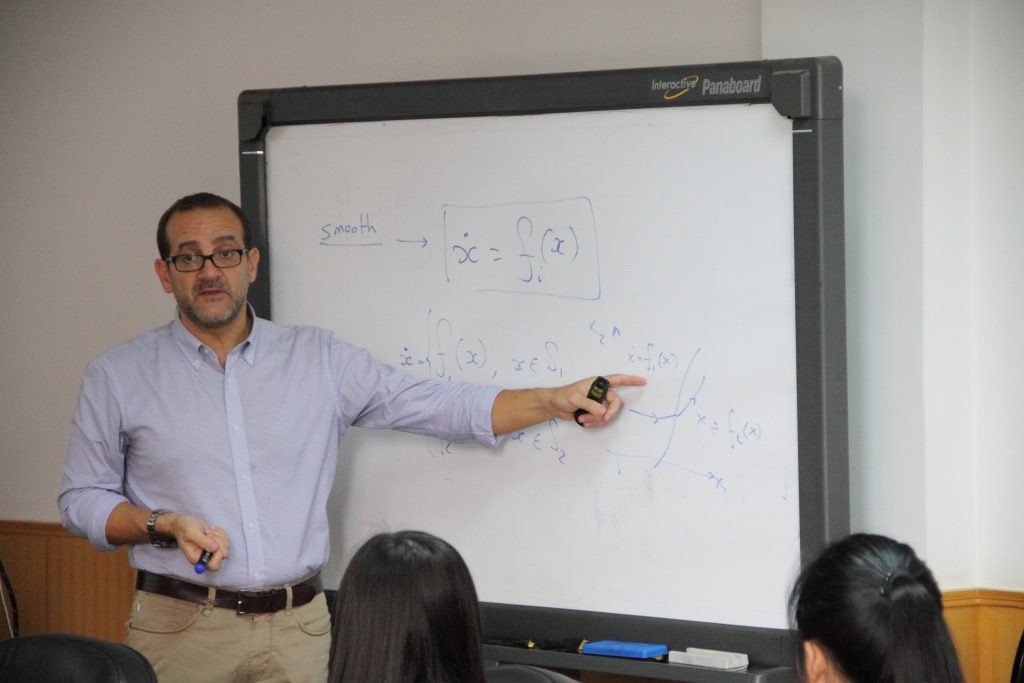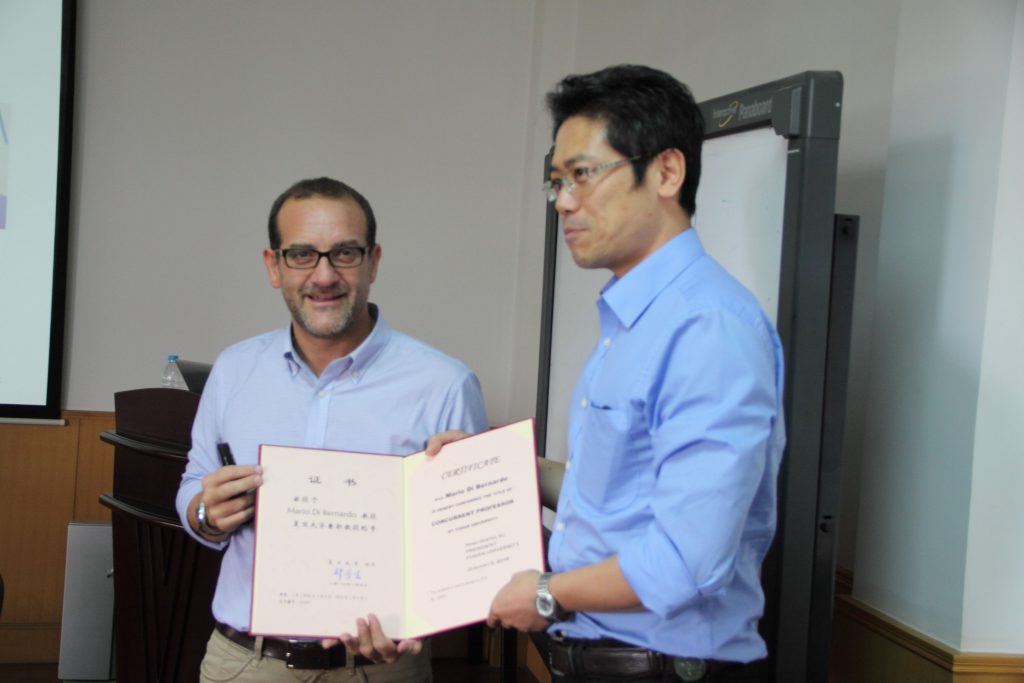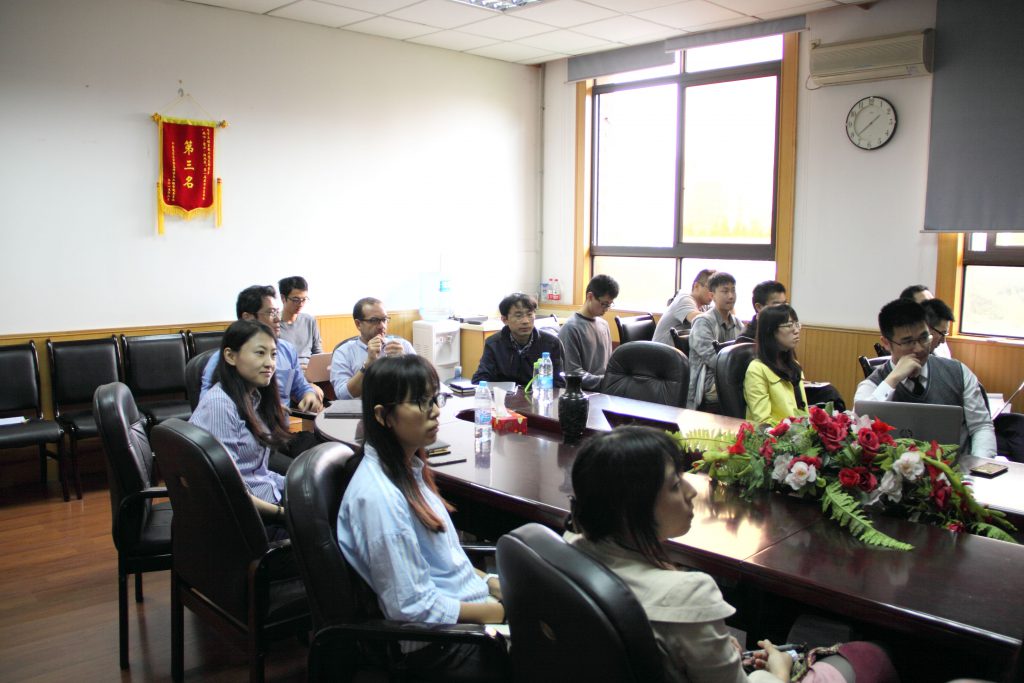Recently, the science news website Phys.org has introduced our work entitled “Encounters with ‘familiar strangers’ play overlooked role in human interactions”.
Click to view the full news.
The associated article has been published by Europhysics Letters in 2016.
More details can be found in the article L. Di, X. Li (correspondence author), Y.Q. Zhang. Identifying familiar strangers in human encounter networks, EPL, 2016, 116, 18006.
DOI: 10.1209/0295-5075/116/18006
Abstract:
Familiar strangers, pairs of individuals who encounter repeatedly but never know each other, have been discovered for four decades yet lack an effective method to identify. Here we propose a novel method called familiar stranger classifier (FSC) to identify familiar strangers from three empirical datasets, and classify human relationships into four types, i.e., familiar stranger (FS), in-role (IR), friend (F) and stranger (S). The analyses of the human encounter networks show that the average number of FS one may encounter is finite but larger than the Dunbar Number, and their encounters are structurally more stable and denser than those of S, indicating the encounters of FS are not limited by the social capacity, and more robust than the random scenario. Moreover, the temporal statistics of encounters between FS over the whole time span show strong periodicity, which are diverse from the bursts of encounters within one day, suggesting the significance of longitudinal patterns of human encounters. The proposed method to identify FS in this paper provides a valid framework to understand human encounter patterns and analyse complex human social behaviors.

